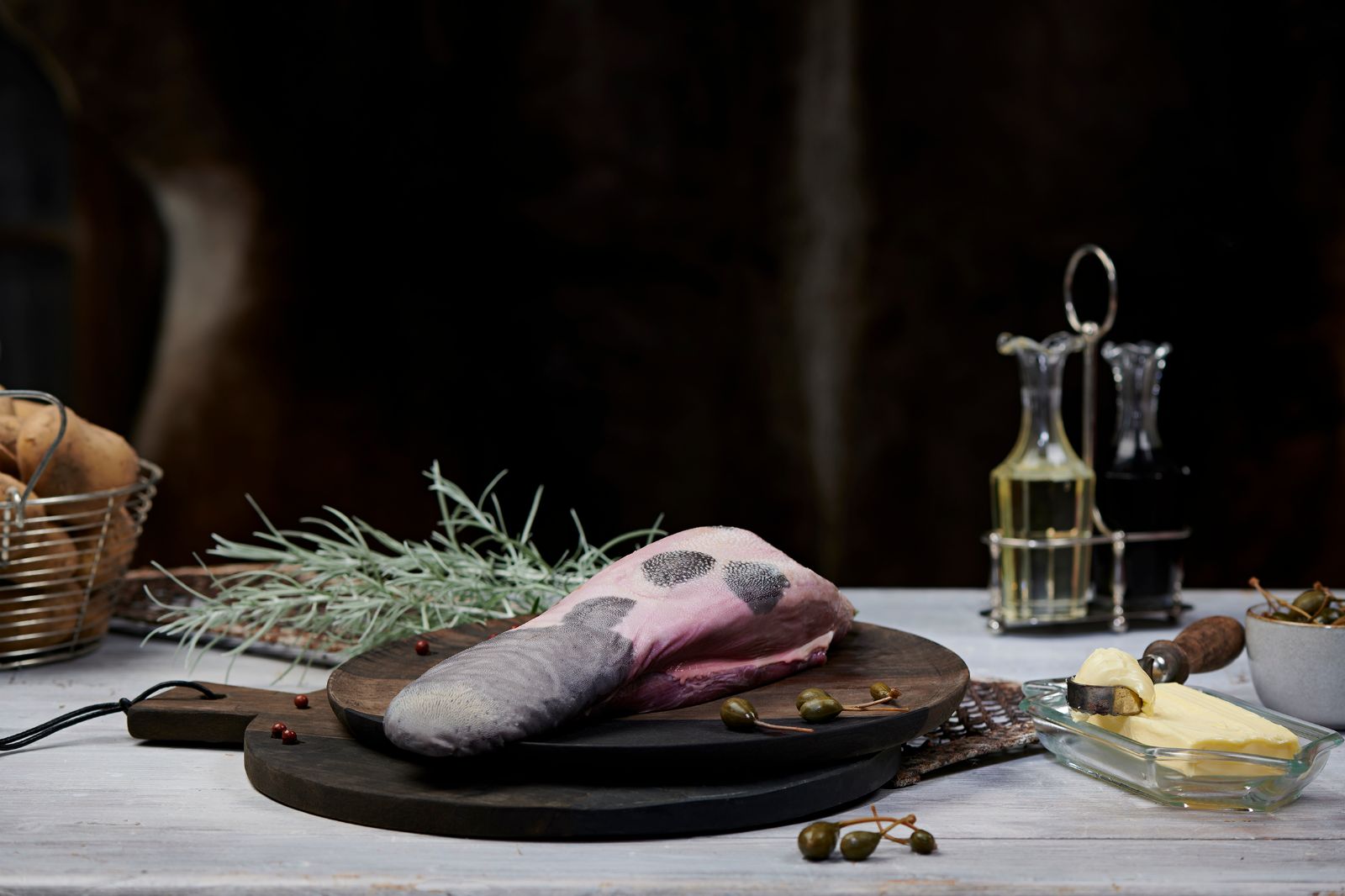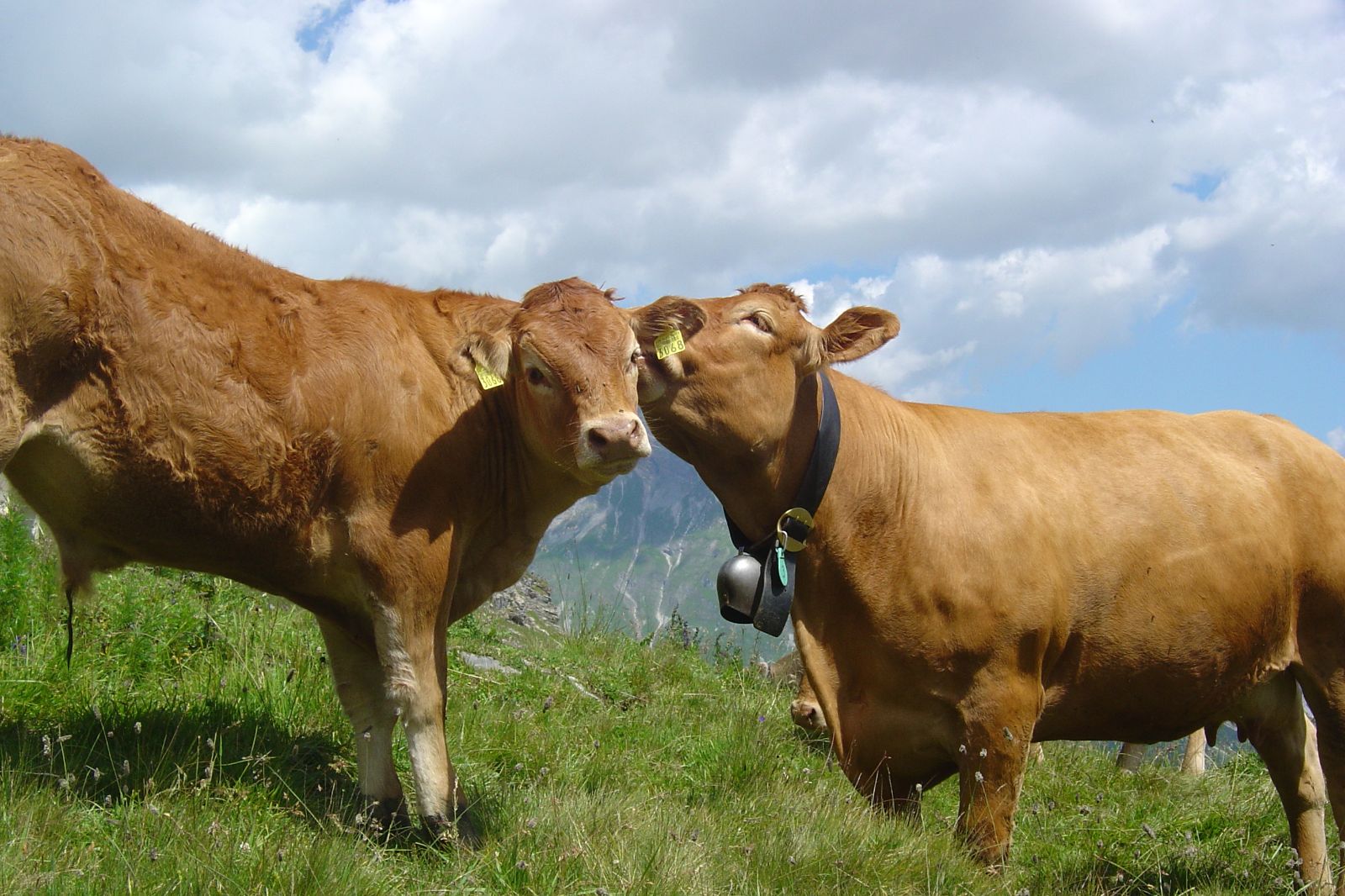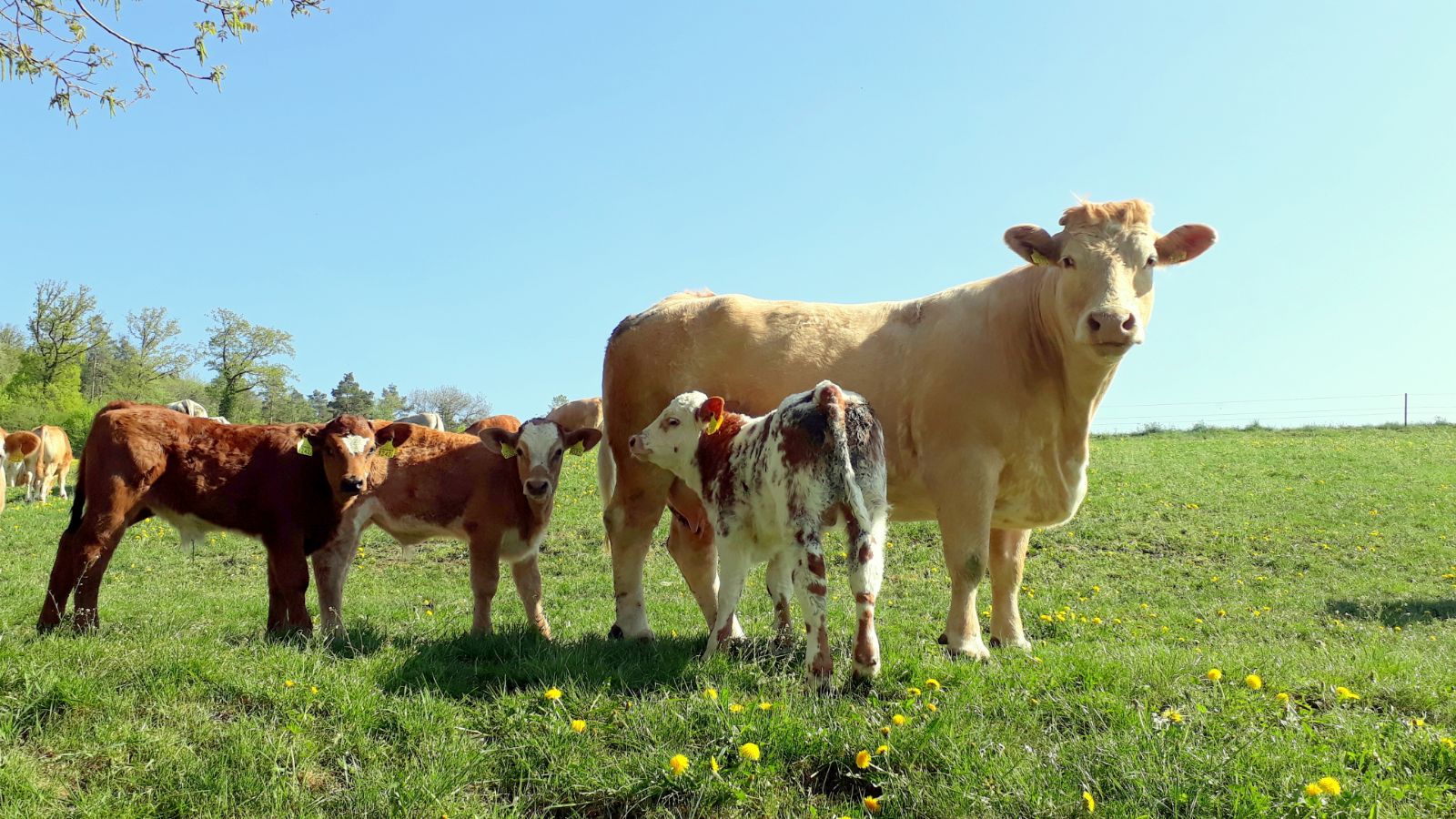Natura-Beef have healthy hooves and don’t need horseshoes
In the last Newsletter, we reported on the ’Galvachers‘ and their ox teams, which left home in the summer period to work as hauliers. The long marches on paths and roads caused the oxen’s hooves to wear out badly – so much so, that they were given horseshoes!

For shoeing, the oxen were secured in a wooden stand. Several people were required for this. (Photo : www.image-est.fr)
The shoes were basically to enable the animals to work well. They protected the hooves and gave the animal stability. Sometimes they were also specially made to compensate for weaknesses, the so-called ‘orthopaedic shoes‘. Each hoof was shod individually. So each ox needed eight horseshoes, two for each foot.

Two horseshoes were needed for each foot, one iron per hoof. (Photo : www.laveissiere.fr)

The tool for shoeing oxen is the same as for horses. However, only a few people have the know-how for this. A photo reportage shows one of the few ‘cattle smiths‘ at work: https://explorartiste.fr/galleries/ferrage-des-boeufs/ (Photo : explorartiste.fr )
Today’s Swiss suckler cows and calves move around much less than the ox teams of yesteryear, and do not walk all that much on roads. Daily grazing on natural ground is gentle on their feet. The soil in the cowshed and outdoor exercise area helps to sand the hooves down lightly. Accordingly, Natura-Beef and Natura-Veal generally have healthy feet and hooves. With suckler cows, the stock farmer or a specially engaged hoof trimmer must step in from time to time to prevent the hooves from becoming too long or in case of injury.
The hoof grooming of today is nothing like the shoeing of yore. Suckler cows are used to being put in the ‘treatment stand‘ now and then, for a pedicure for example. And if they are petted during the process, so much the better! (Photo : Ulrich Steiner)
(Sources : www.patrimoinedumorvan.org , https://explorartiste.fr , www.image-est.fr , www.laveissiere.fr)
more comments
- ← Previous
- 1
- 2 (current)
- 3
- Next →






